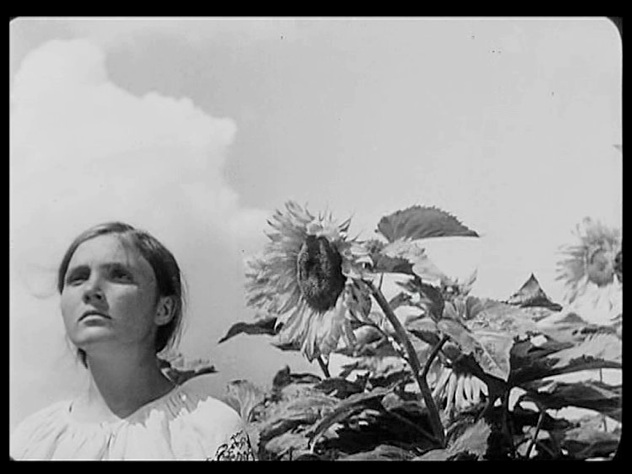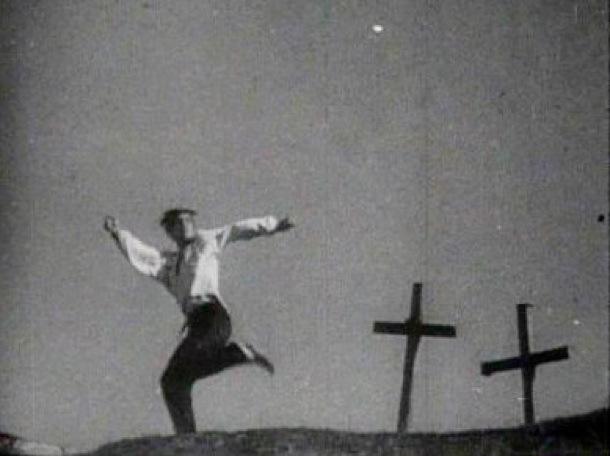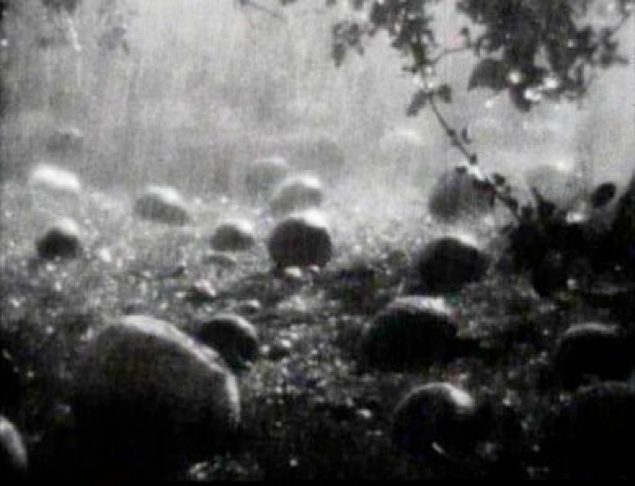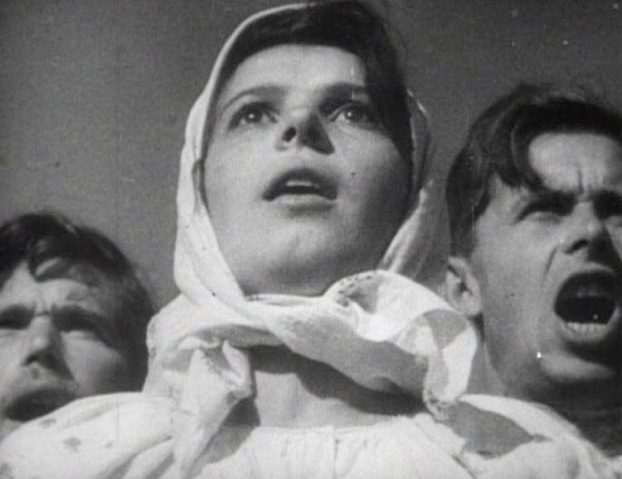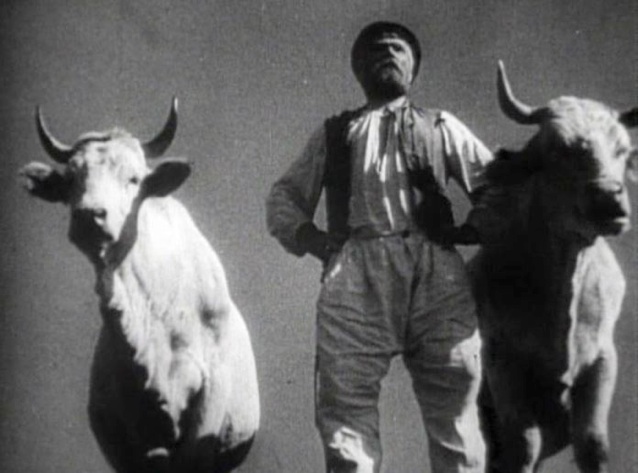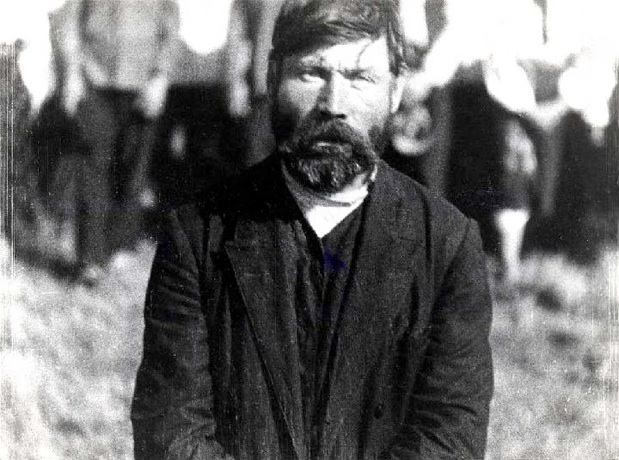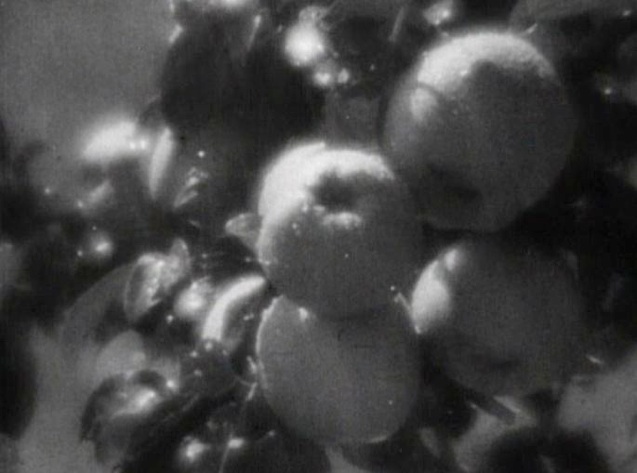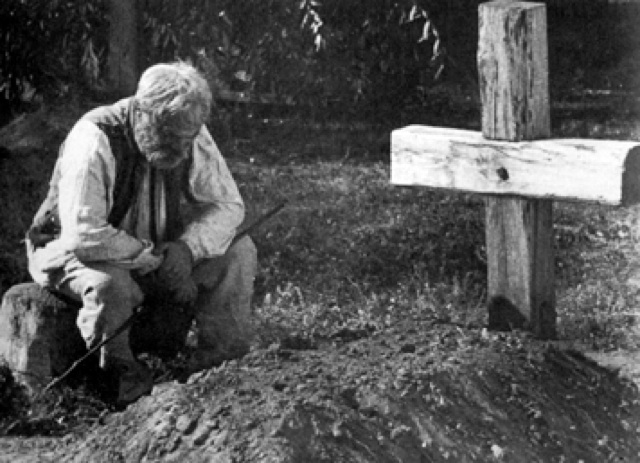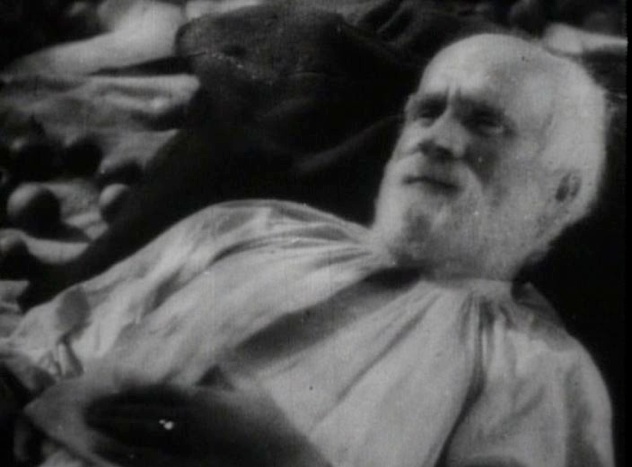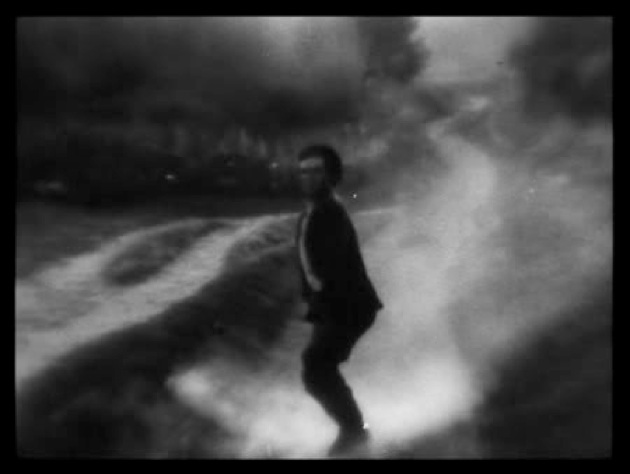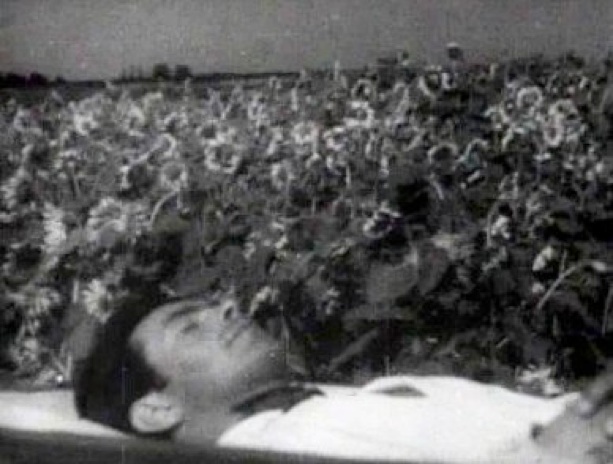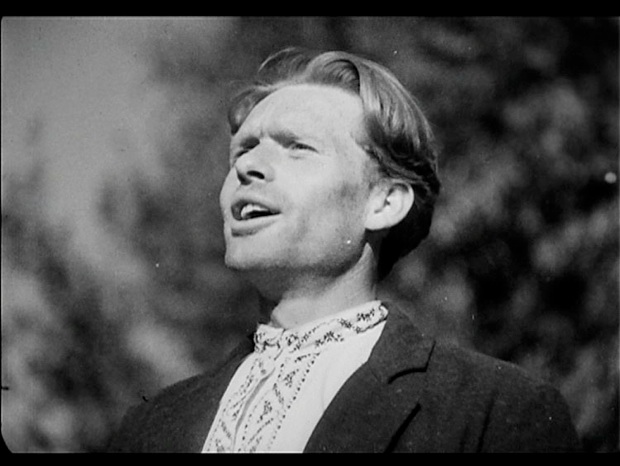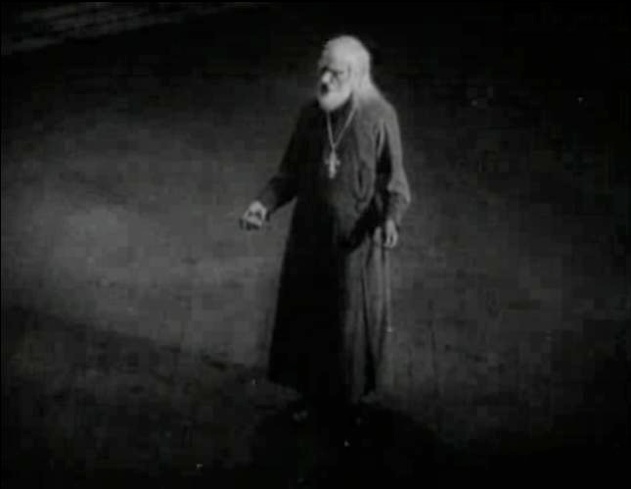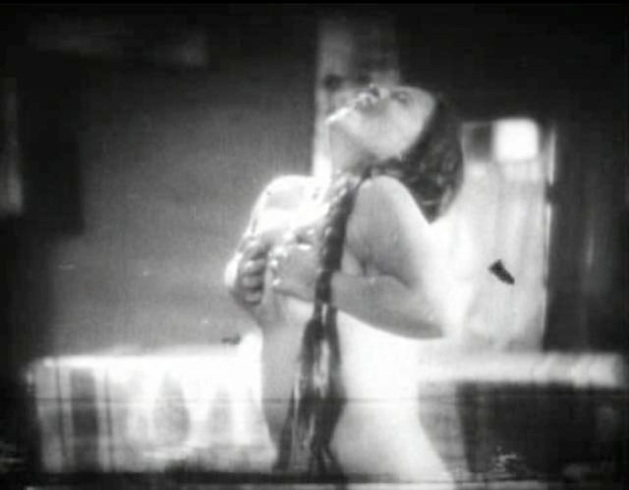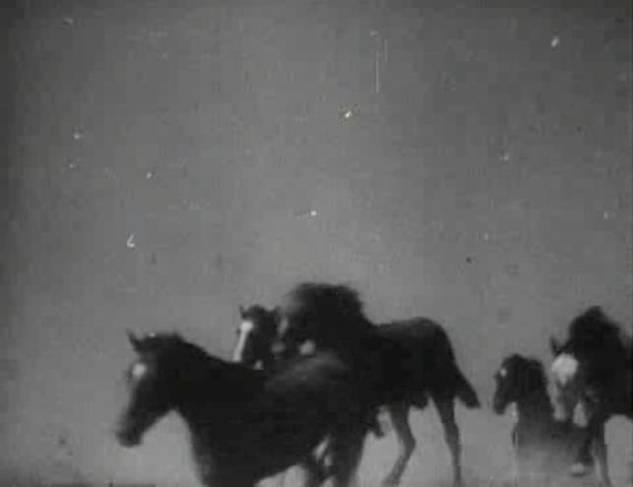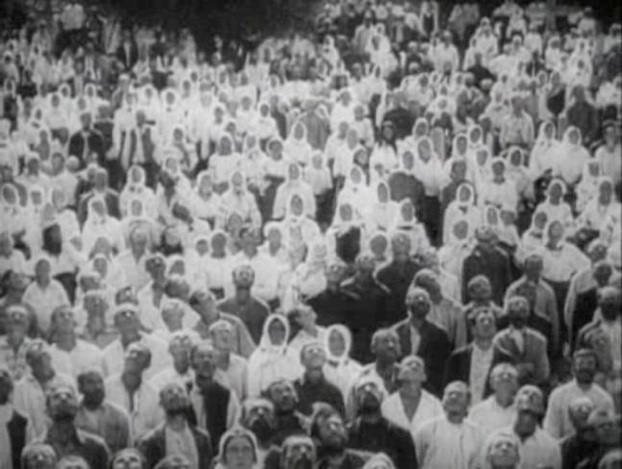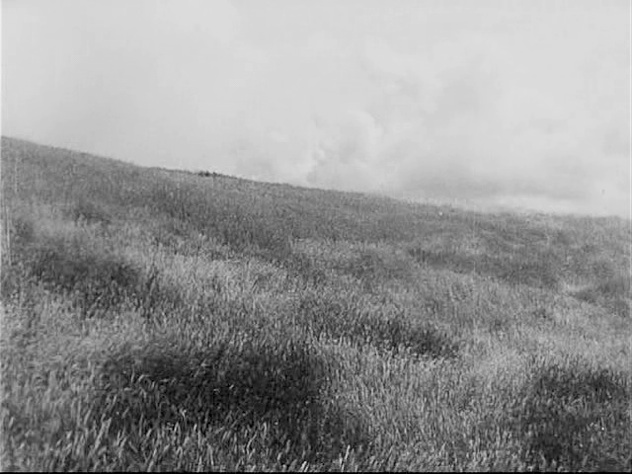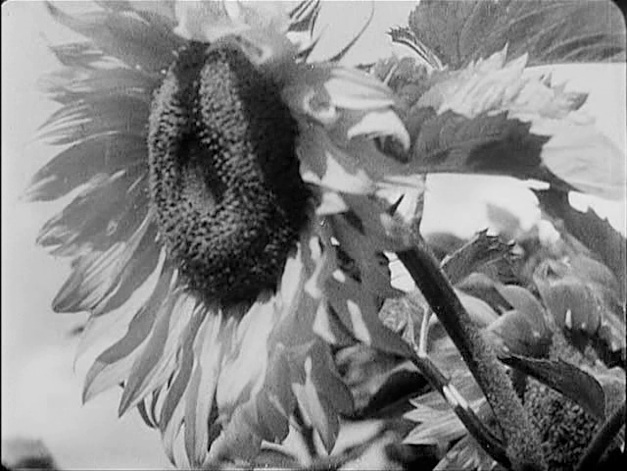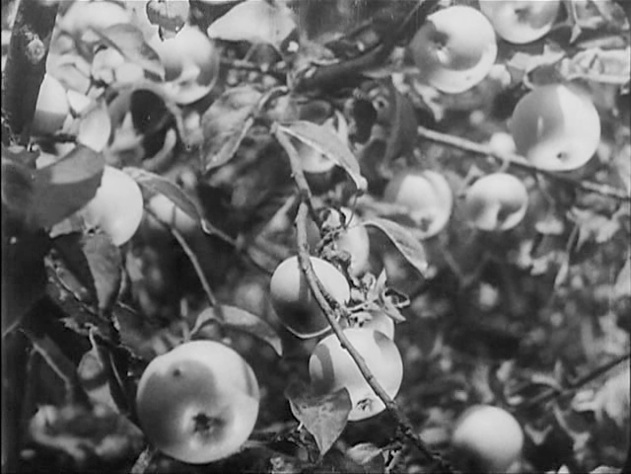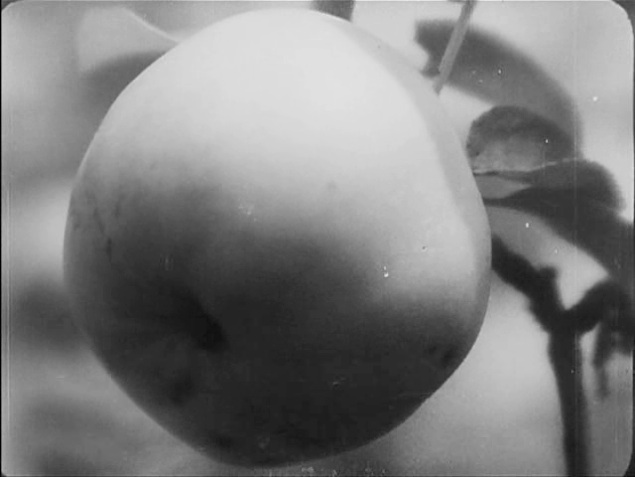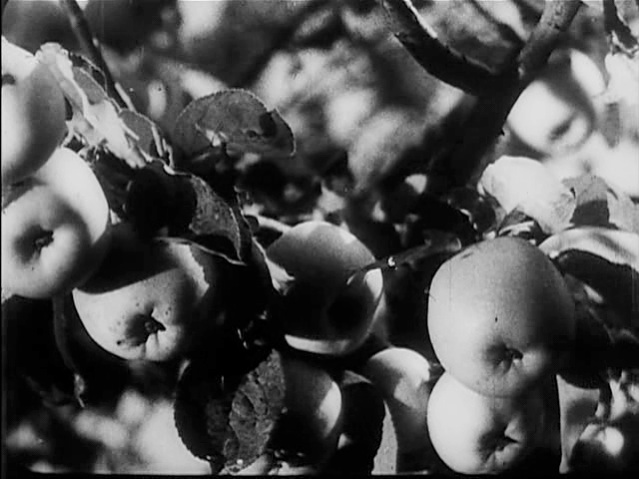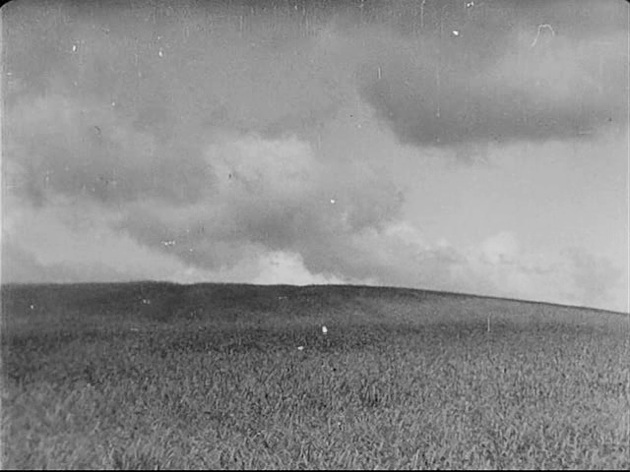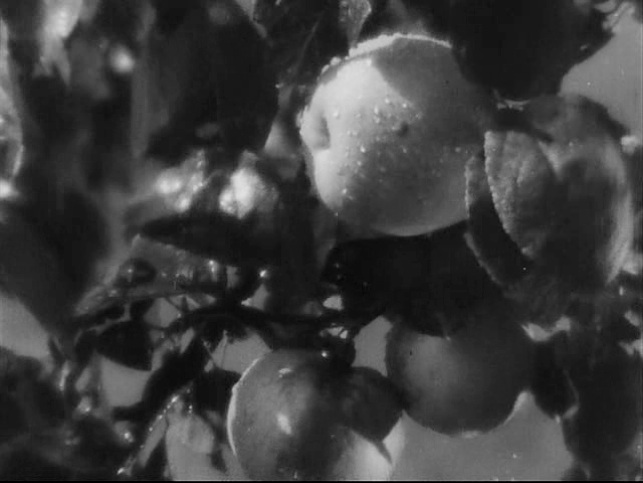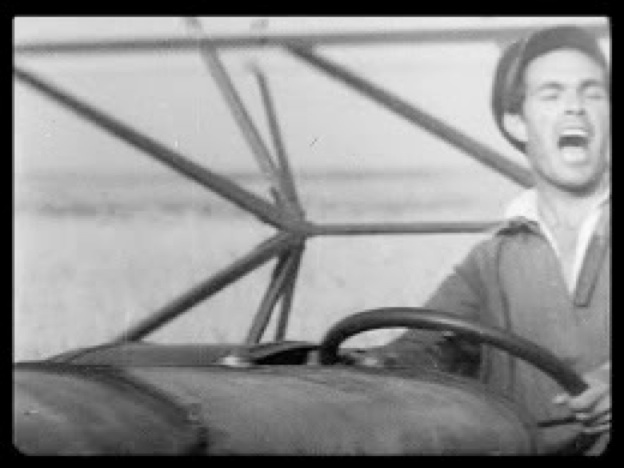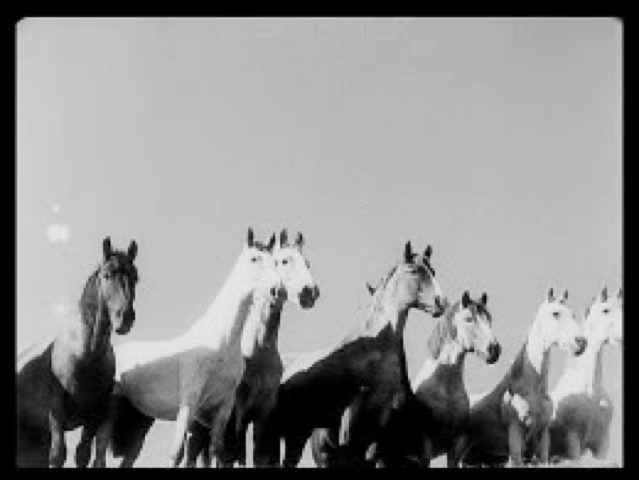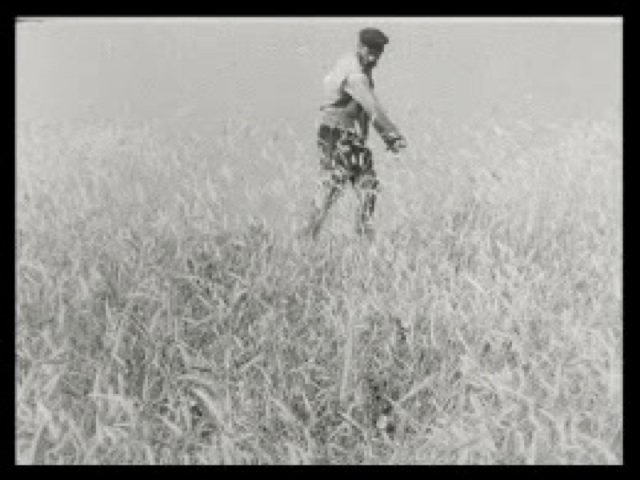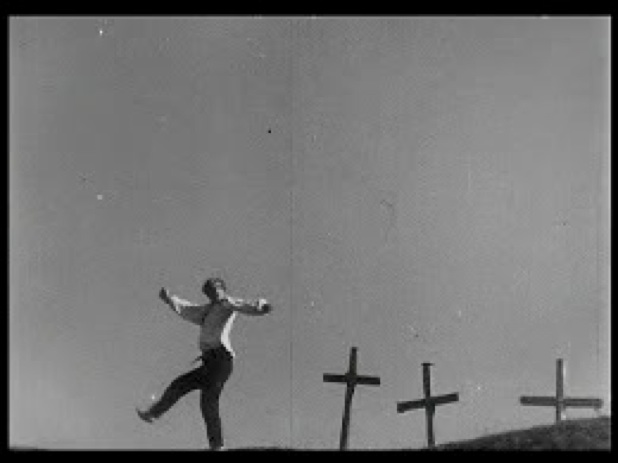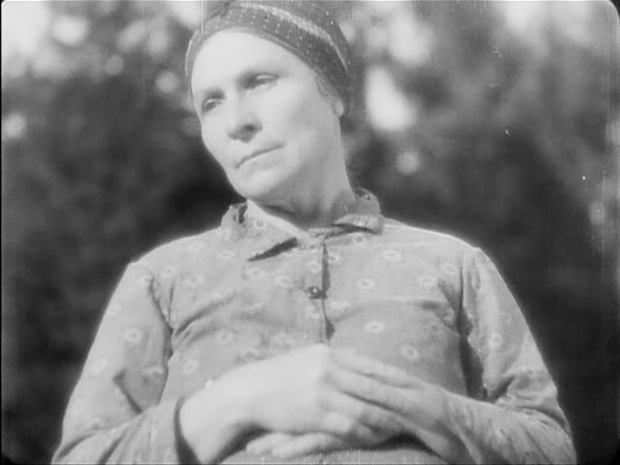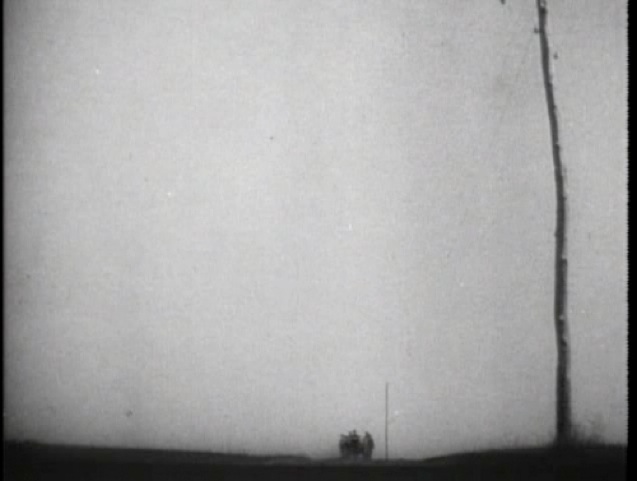7
9. Dovzhenko 1
Readings
Papazian: “Offscreen Dreams and Collective Synthesis in Dovzhenko’s Earth”
Zabel: “Nature, Machines, and Pantheism”
Discussion:
Make your entries for this session in the Discussions page of our Blackboard Site
Film
Dovzenko: Earth (1930)
Taking the Ukrainian countryside setting that was so typical to Dovzhenko’s work, Earth tells the story of a peasant community in the midst of collectivization in the early years of the Soviet Union. The film follows the dominant ideology of the time in its portrayal of the land-owning peasants, the kulaks, as selfish and uncooperative members of the community. Along with Arsenal and Zvenigora, this film forms a part of the directors Ukraine trilogy.
While the film is Soviet in spirit, dealing as it does with a peasant uprising against the overbearing kulaks and the industrialization of farming, Dovzhenko is less interested in the mechanical nature of film and montage, so typical of directors like Eisenstein and Vertov. He is instead more interested in the lyrical and natural qualities of his settings, creating a film that appeals more to the senses than the intellect.
-
-David C. Gillespie. Early Soviet Cinema: Innovation, Ideology and Propaganda (London: Wallflower Press, 2000) , 84.
Director: Aleksandr Dovzhenko
Writer: Aleksandr Dovzhenko
Cast: Stepan Shkurat
Year: 1930
Production Company: VUFKU

